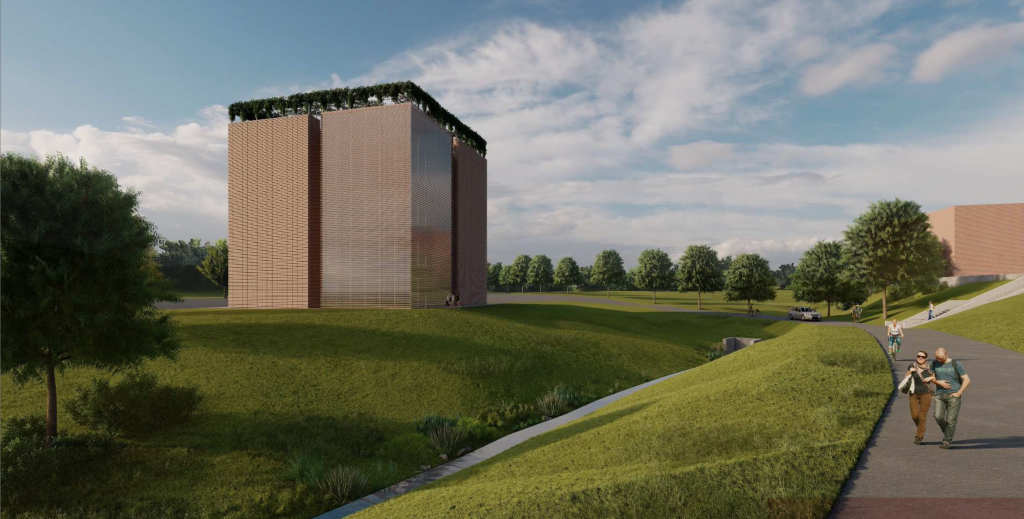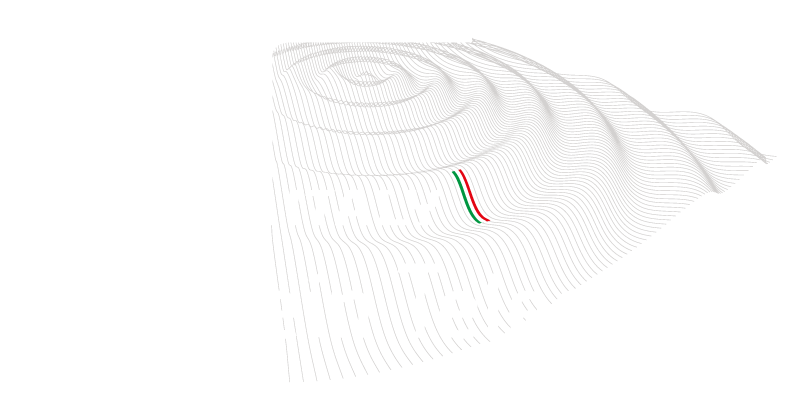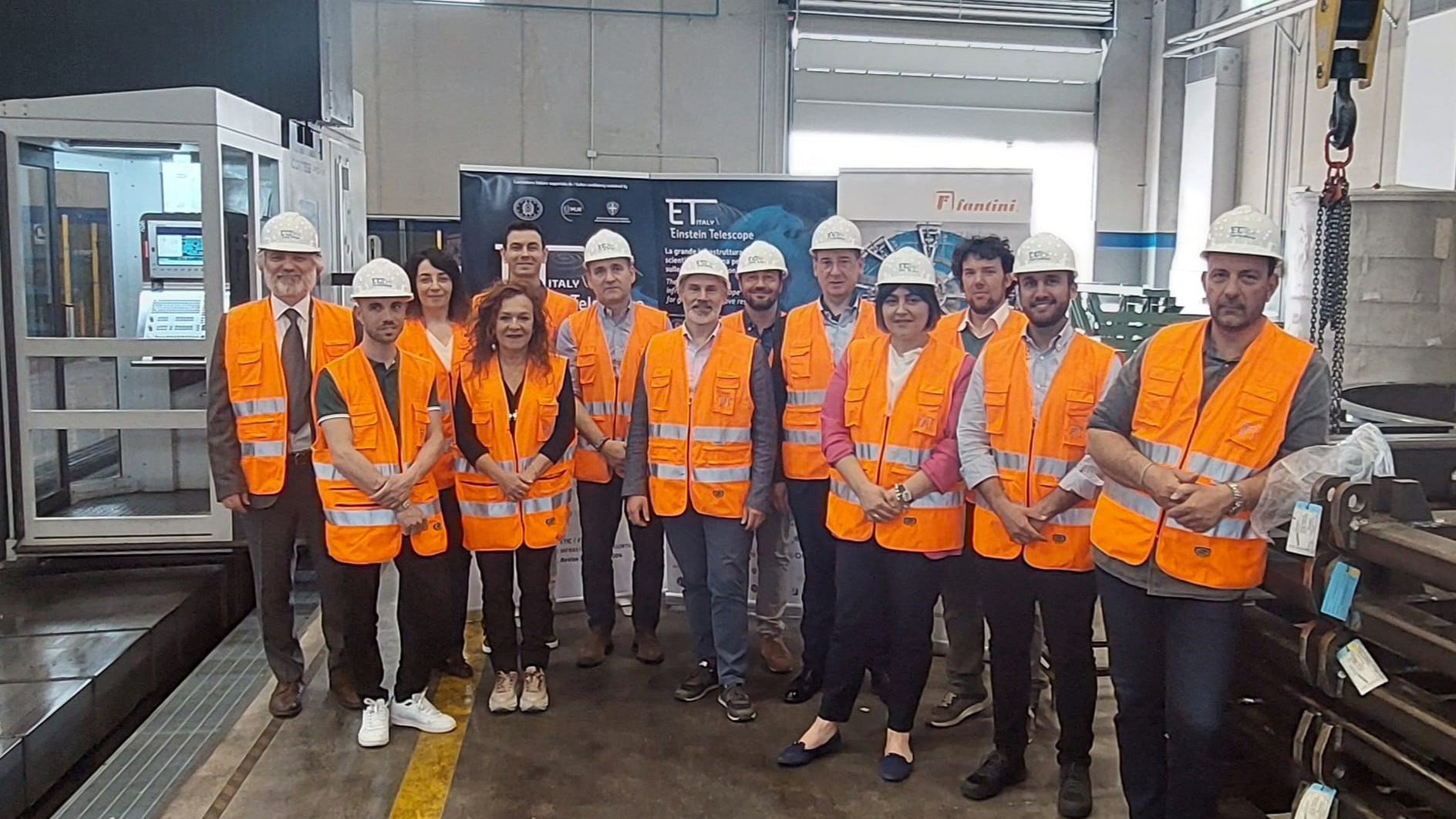The preparatory activities for the construction of the international CAOS laboratory (Center for Applications on Gravitational Waves and Seismology), resulting from the synergy between the University of Perugia and INFN and financed with PNRR-MUR funds from the ETIC project, for research and development activities on some technologies of the Einstein Telescope project, come to life.
Following the groundbreaking ceremony held on March 19th in Perugia, the kickoff meeting for the supply of the vacuum chamber system for CAOS took place last Monday, April 15th. The meeting was held in Anagni, at the headquarters of Fantini Sud S.p.A., the company awarded the contract worth over one million euros for the construction of this important part of the laboratory.
“We had the pleasure to visit the facilities and holding a productive and stimulating technical meeting, with the aim of beginning to define some of the many technical issues we will have to address,” emphasizes Gabriele Capoccia, technologist at INFN Perugia and executive director of the supply of the vacuum chamber system.
“CAOS will host two vacuum chambers, visually resembling two towers each 15 meters high, weighing approximately 25 tons each, and operating at a pressure lower than 10-7 millibars,” explains Capoccia. “This is a great technological challenge, but necessary on the road to ET. This vacuum chamber system, in fact, will have the same dimensions as some of the towers planned to be built in the Einstein Telescope; moreover, it will allow us to test innovative technical solutions in the field of vacuum technology, super attenuators, and automatic controls, which we’ll use in the third-generation interferometer.”
For Fantini Sud, this is not their first time: the Italian company has been operational for about 25 years in research and development projects with some of the most important national and international research institutions, including INFN, ENEA, and CERN.
“The big science projects represent the flagship of twentieth and twenty-first-century science. Common traits of such projects are the level of scientific excellence, the large budgets to build research facilities, and the significant engineering skills required for the proper management of a project,” explains Francesco Fantini, the company’s commercial director and project manager for the supply.
“These structures for big science are characterized by a large community of users, both academic and industrial. They are usually designed and built for scientists and require involvement from industrial suppliers. Our company is able to provide a wide range of products, particularly high-precision mechanical components and special machines, usable during complex operations and fundamental for the construction of scientific apparatus. In the ecosystem that regulates industrial involvement, it is defined as a true technological partner, which must move through constant transformation to adapt to technological and social challenges,” Fantini concludes.

Rendering of the CAOS Laboratory

